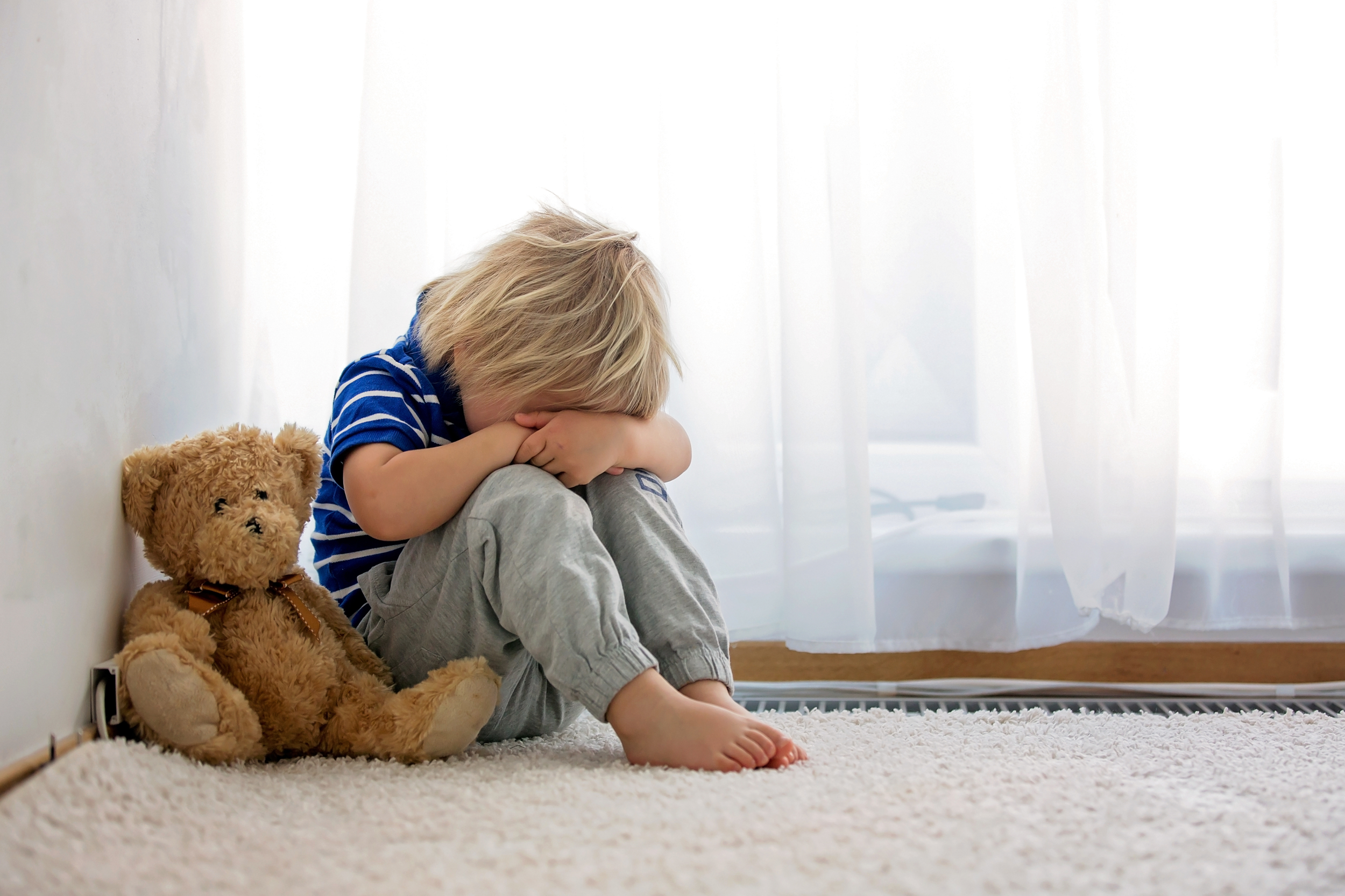Adverse Childhood Experiences (ACEs)
Overview
Adverse childhood experiences (ACEs) are scarring events that occur during an individual’s childhood (between the ages of 0-17). These events often include, but are not limited to, neglect and abuse. A child witnessing domestic abuse within their home or a child watching a loved one struggle with a substance use disorder would both be considered examples of adverse childhood experiences. These events, especially when they occur more than once, can cause a child to feel unstable in their home environment and fear for their personal safety.[1]
Signs & Symptoms
Due to the traumatic nature of an ACE, they can cause toxic (prolonged) stress within children. This, in turn, can negatively affect an individual’s brain development and stress response systems, which can cause prolonged issues in one’s adulthood.[2] A study conducted by Schilling and her colleagues in 2007 found that children who experience an ACE were more likely to exhibit depressive symptoms, antisocial behaviors, and indulge in drug use during their transition to adulthood.[3] The hallmark symptoms that can be found in children who have experienced an ACE include:[4]
Fear of other people
Difficulty sleeping or frequent nightmares
Bedwetting
Changes in mood
Difficulty showing affection towards friends or family
Avoiding situations or events that relate to a traumatic experience
Difficulty learning in school
Risk Factors
ACEs damaging effects can lead to life-long struggles. An important way to prevent these events is by understanding the risk factors that lead individuals to be more susceptible to experiencing a traumatic event. The CDC has created a guidebook utilizing the current evidence available to guide individuals in how to prevent ACEs. It outlines the necessity to help struggling families – financially or emotionally – and put in protective programs for children in these situations. To prevent ACEs in children, quick action must be taken to ensure that they are not in harm’s way.[5]
According to the CDC, ACEs are more common in females and non-Hispanic American Indian or Alaska Native individuals. Additionally, individuals who are in a home that is struggling economically are more likely to suffer from an ACE.[6]
Treatment
Due to the significant impact an ACE can have on both the physical and emotional development of a child, it is important that a modular, multi-type treatment is used to address the issues that arise from a traumatic experience. This includes an intensive, multi-step therapeutic approach. In this, therapists work with children to address emotional and traumatic responses caused by the ACE, and work to uncover and repair disruptive behavior that may have arisen due to the event(s). In this approach, it is also essential that therapists work alongside parents to promote positive parenting and foster a safe, supportive environment following the ACE. This sets the child up for the most success, and also works to prevent another ACE from occurring.[7]
Specifically, cognitive behavioral therapy (CBT) has been used to help treat individuals who suffer from an ACE. In a study by Korotana and colleagues in 2016, they found that CBT showed the most evidence for helping individuals who experienced an ACE and that this therapy both helped improve overall mental health and reduced health-risk behaviors.[8]
If you suspect that your child is demonstrating signs of an adverse childhood experience, please reach out to a licensed mental health professional (e.g., a psychotherapist, psychologist or psychiatrist) for guidance and support.
Contributed by: Daphne Lasher
Editor: Jennifer (Ghahari) Smith, Ph.D.
references
1 Centers for Disease Control and Prevention. (2022, April 6). Fast facts: Preventing adverse childhood experiences |violence prevention. Centers for Disease Control and Prevention. https://www.cdc.gov/violenceprevention/aces/fastfact.html
2 lbid.
3 Schilling, E. A., Aseltine, R. H., & Gore, S. (2007). Adverse childhood experiences and mental health in Young Adults: A longitudinal survey. BMC Public Health, 7(1). https://doi.org/10.1186/1471-2458-7-30
4 Cleveland Clinic. Adverse childhood experiences (aces) & childhood trauma. Cleveland Clinic. https://my.clevelandclinic.org/health/symptoms/24875-adverse-childhood-experiences-ace
5 Centers for Disease Control and Prevention (2022)
6 Ibid.
7 Bentovim, A., Gray, J., & Pizzey, S. (2018). Therapeutic interventions to reduce the harmful effects of Adverse Childhood Experiences – ACE’s – A modular trans- diagnostic, trauma- informed approach. The Association for Child and Adolescent Mental Health.
8 Korotana, L. M., Dobson, K. S., Pusch, D., & Josephson, T. (2016). A review of primary care interventions to improve health outcomes in adult survivors of adverse childhood experiences. Clinical Psychology Review, 46, 59–90. https://doi.org/10.1016/j.cpr.2016.04.007
